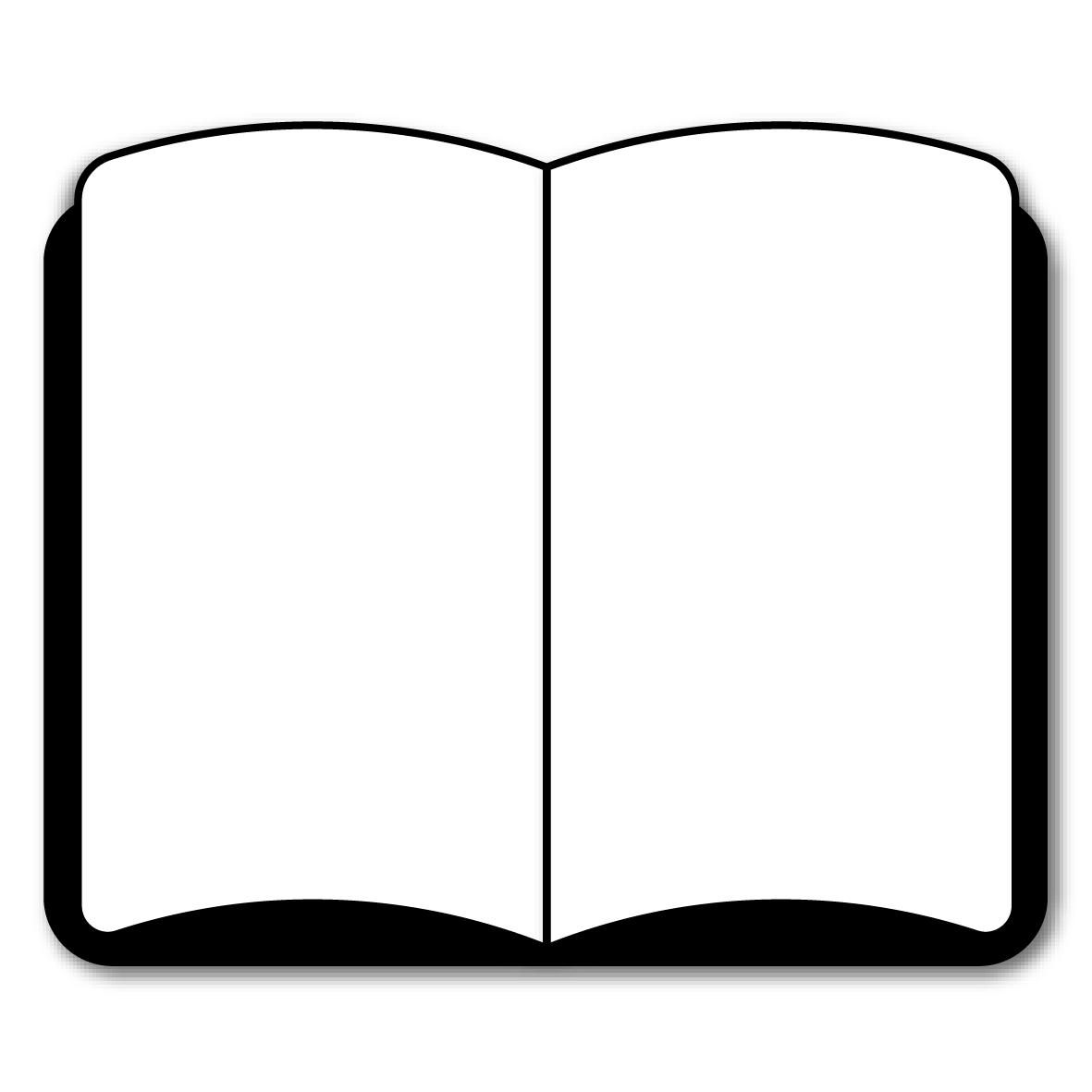If you need help studying for the Praxis® Education of Young Children test or just want some more information about what the test is like, you’ve come to the right place!
Click below to take a free Praxis Education of Young Children practice test!
What’s on the Exam?
First, let’s talk about the questions on the Praxis Education of Young Children test. There are 120 selected-response questions and 3 constructed-response questions in total.
120 questions
Selected-response questions require you to select the correct answer from a list of options. Multiple-choice questions are the most common example, but you may also see true-or-false questions and “matching” questions, which ask you to match terms or concepts with their definitions.
Constructed-Response (CR)
3 questions
Constructed-response questions require you to write your answer instead of selecting from a list of choices. Your responses to these questions are generally expected to be at least a few sentences, but you’ll be given specific details and instructions before you take the test.
The time limit for the test is 2.5 hours. There aren’t any scheduled breaks, but you’re free to take restroom breaks as needed!
Let’s take a closer look at the different sections of the test:
1. Childhood Development and Learning
25 questions (SR)
- Children’s characteristics and needs
- Multiple influences on development and learning
- The effect of multiple risk and protective factors on children’s development over time
- The range of typical and atypical development
- Creating healthy, respectful, challenging, and supportive learning environments
2. Observation, Documentation, and Assessment
19 questions (SR)
- Goals, benefits, and uses of assessment to inform curriculum
- Responsible assessment practices that meet the diverse needs of children
- Methods for screening, referral, and evaluation
- The roles of families in the screening and assessment process
- Strategies for team-building, two-way communication, and reporting with families and colleagues
3. Developmentally Appropriate Practices
19 questions (SR)
- Structuring the classroom environment to support learning
- Promoting the diverse developmental needs of children
4. Professionalism, Family, and Community
19 questions (SR)
- Ethical standards
- Professional guidelines
- The importance of continuous and collaborative learning
- The integrated role of other professionals involved in children’s care and education
- Uses of technology to communicate with children, families, and peers
- Engaging and supporting families and communities
- Involving families and communities in young children’s development and learning
5. Content Pedagogy and Knowledge
38 questions (SR)
- Communication concepts
- Emergent reading
- Literature and informational texts
- Writing
- Counting and cardinality
- Operations
- Algebraic thinking
- Numbers and operations in base 10
- Measurement and data
- Geometry
6. Knowledge of Teaching
3 questions (CR)
Each constructed-response question will actually focus specifically on topics within one of the five previous sections of the test.
How to Register
To register for the test, you’ll need to create an account on the ETS website. Once your account has been created, you can submit your application to take the test.
When you submit your registration, you will need to pay the $156 testing fee.
Praxis Scores
The Praxis Education of Young Children test is scored using a scaled scoring method. Here’s how it works:
For every question you answer correctly, you get one point added to your raw score. At the end of the test, your final raw score will be converted to a scaled score. This scaled score will range somewhere between 100 and 200.
The reason your raw score is converted to a scaled score is because everyone that takes the test is given a slightly different set of questions. Since everyone has a different arrangement of questions, and because some questions are harder than others, converting your raw score to a scaled score ensures a more even playing field.
FAQs
How many questions are on the Praxis Education of Young Children test?
The test contains 123 questions.
What is the time limit for the Praxis Education of Young Children test?
The test is timed at 2.5 hours.
How much does the Praxis Education of Young Children test cost?
The testing fee is $156.
What is the passing score for the Praxis Education of Young Children test?
You’ll need to get a scaled score of at least 160 to pass (149 in Arkansas).
Praxis is a registered trademark of Educational Testing Service, which is not affiliated with Mometrix Test Preparation and does not endorse this page.



 Praxis Study Guide
Praxis Study Guide Praxis Flashcards
Praxis Flashcards